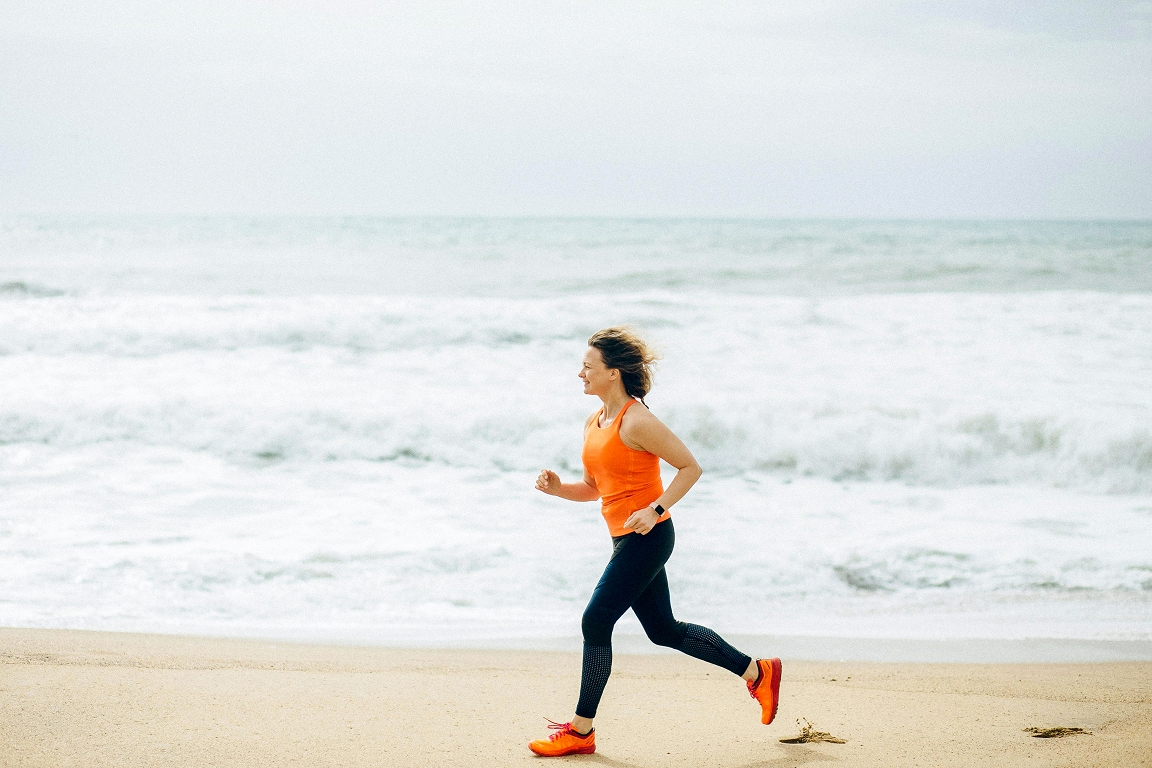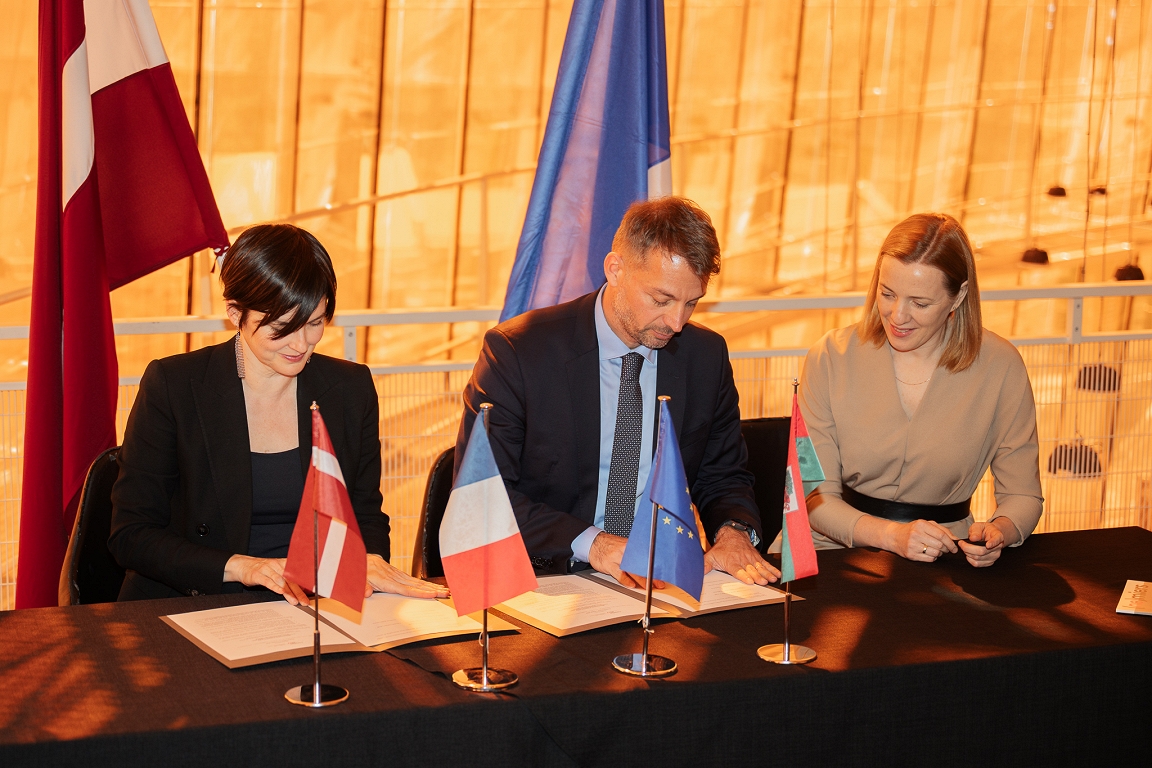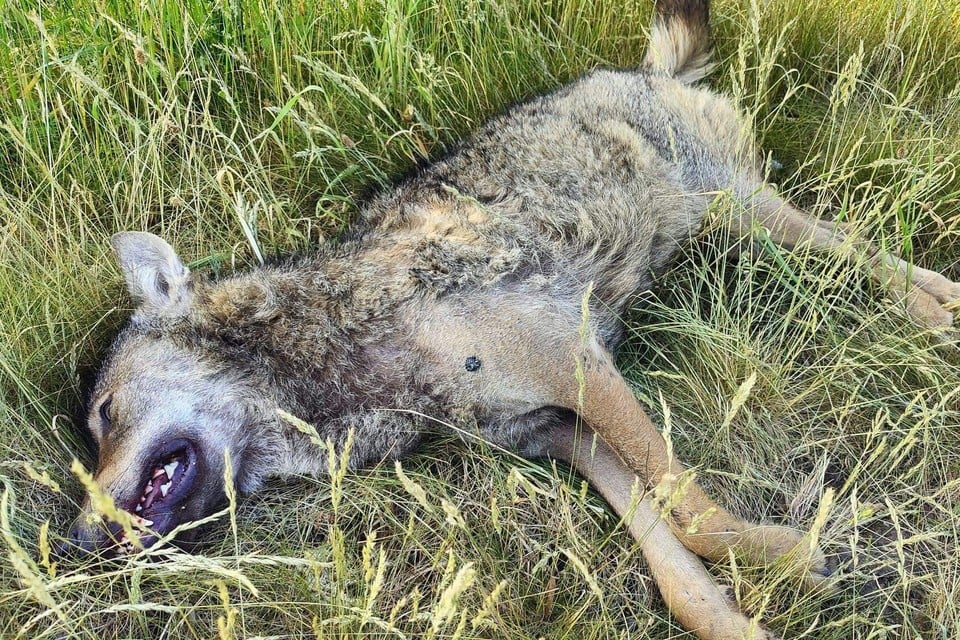When the movement blends with nature / day

Trail running in Latvia is not just a certain passion for people. It has become a lifestyle for people who want to not only strengthen the body, but also maintain a healthy mind and be closer to nature.
Such jogging offers much more than the results of counted kilometers or pulsometer. It teaches you to be present, listen to yourself, breathe with the forest and walk according to the terrain rhythm. It is a movement that leads not only forward but also in harmony.
Away from an alarm
Of course, there is no fault in the urban running, but sometimes the monotonous rhythm of streets can lead to overload in certain muscle groups and does not always provide the expected mental well -being. The race on the forest trail requires adaptation to every step. Here, the root, there is a slight rise, wet moss, a sandy turn or a flat drop. The changing environment causes the whole body to work – legs, hips, back, balance and deep stabilization of muscles. And these changes are imperceptibly – with joy, not forcing.
Running on natural cover is also more gentle for joints, especially on the knees and ankles.
« Jogging is my everyday life. Running long distances, and they also include forest roads and paths, gravel roads and other places in nature. There is a completely different energy in the air – oxygen, leaves, moss and resin smell that positively affects well -being and emotions. Grubbain, terrain, be careful not to cause injury, such as dislocation, « the head of the Academy of Running and head coach Salvis Grušev draws attention.
Trail running is a serious cardiovascular supplement – oxygen exchange in the fresh air is more efficient, the pulse adapts to the terrain, and the body is gradually becoming more durable. Such a workout can help lower blood pressure, improve sleep quality, and fight metabolic disorders – and it all happens when a person simply runs along the trail, breathing in the saturated air.
Trail running is one of those rare physical activity that simultaneously employs both the body and heals the mind. The moment a person is in the middle of nature, without traffic, noise and visual overload, thoughts that previously bumped. Movement and breath sync with the rhythm of nature. Even just one hour of jogging can become a good therapy for a busy week.
This mental release is not accidental – it is also confirmed by studies showing that time in nature significantly reduces stress hormone levels, improves mood and even helps to reduce the symptoms of depression. It is an environment in which the mind stops control and allows the body to take itself. Running of trails teaches to be « here and now », because the runner should be careful – where to put his foot, how to adapt to the environment, how to feel it. This focus, which is sometimes searched for in meditation or yoga, happens naturally here – running.
Get out of the usual
There is no extreme trail running. It can start at any age and at the level of preparedness. At first, a short forest path, park or bushy meadow is enough – the most important thing is to get out of the usual. « When you start running on the forest trails, reduce the pace, run slower than usual! Most likely, the environment will put a little slow down. The speed will be less, but the load may be even better, the stepping stone, » explains S. Grušev.
Shoes with better grip and waterproof are recommended, but technical equipment is not decisive. The most important thing is to move according to yourself – without exaggerated pace or comparison with others. Unless there is a race, for example, the legendary multi -stage trail jogging event Roe deer, Orienteering or anything like this, this is not a « victory » – it is « for itself ».
Latvian nature itself offers the perfect background – forests and meadows, coastal sand, swamp trails – these are places that inspire, but also calls for a peaceful race where every step becomes a peculiar gesture of gratitude to the land that brings us.
Required inventory
Beginners can use existing shoes in the trail runs, but if these routes become everyday, it should be borne in mind that trail shoes must be not only comfortable, but also durable and suitable for changing terrain so that the runner can feel safe and comfortable on stones, roots or muddy places. A good sole with a pronounced tread will help keep the grip and avoid slipping, which is especially important when running on a damp or steep forest trail. Similarly, the shoes should « breathe » well to prevent the feet from hanging in the summer, but in spring and autumn, when the trails tend to be wet, waterproof or quick -drying technologies will also be useful to protect the feet from moisture, but will not allow them to overheat. S. Grushev advises not to break his head unnecessarily by studying the properties of footwear, but choosing special trail jogging shoes – such as various sports equipment manufacturers are offered.
Clothing doesn’t matter much, but it is good if it is suitable for weather and activity intensity – light, « breathable » if you run in rainy weather – also waterproof, quickly drying. You should not forget about leg protection – special sports socks will be very useful in the trail racing, which prevents blisters and « breathing » well.
In the summer, you should use the sun cream and, if you run narrower and overgrown forest paths, also an anti -dumb and anti -anti.
Finally, the backpack or belt water bottle and the necessary snacks are also important inventory, as the routes tend to be longer and longer. It is also valuable to bring a small first aid kit and a carefully charged mobile phone.
Basqueers should be careful
Basque jogging is also still popular – many consider it a very natural type of movement that helps to develop overall muscles of the body and improves the racing technique. However, when it comes to running trail in nature, bass jogging requires special attention and caution, especially along trails with roots, stones and sharp branches with barefoot legs can be risky and traumatic.
For beginners, it is advisable to use special footwear with a minimal sole that protects the foot, but keeps close to the bass running characteristic and starting to start running on a soft, smooth cover. « Basque jogging is good. If you train in a stadium with a soft cover, including a city running training, you can integrate a small, like one, two kilometers long, barefoot. recommends running sports enthusiast.
It is also important to pay attention to the technique – it is advisable to run shorter steps with barefoot and lower your feet more to the front or middle than the heel to reduce the impact force and better protected joints.
Respect the environment
Running in nature is a great way to maintain health while enjoying beautiful landscapes. However, in order to prevent this activity from harming the nature, it is important to choose the right places and take into account the seasonal characteristics.
It is best to run along existing trails – labeled nature parks, forest roads or country paths. Running outside these areas, such as « straight » in the forest or through a meadow, there is a risk of damaging low cover and disturbing animals or plant habitats. This is especially true for biologically valuable areas where the environment is sensitive to any change.
« There are eight types or categories of specially protected nature areas in Latvia (SPA). Of the eight categories, only one – reserves – is an area for protecting nature from a person, namely, it is not intended for visits. Both protected landscapes and, in most cases, nature reserves can be freely walked, watching plants, animals and landscapes, berries, mushrooms, swimming, sunbathing, ride a bicycle and boat, « explains Ilze Reinika, Senior Communication Specialist of the Communication and Nature Education Department.
Law For specially protected nature areas It is stipulated that visiting the SPA for recreational, tourism, ecological education and scientific research shall be carried out in accordance with the general protected areas and the individual protection and use rules for each area. Protected areas can be divided into functional areas that have different protection and use rules, so every SHRD may have areas, similar to reserve.
« Before going to someone, we encourage you to familiarize yourself with the information about the area, if you are developed, also its individual rules to assess whether the location is eligible for the planned activities. The rules are conveniently viewed on the Internet.
Going in nature with a dog
Many are fond of going out in nature and running training with a four -legged friend. However, some nuances should be taken into account.
The individual rules of protection and use of the territories already mentioned, as well as the rules adopted by municipalities often indicate whether there are any rules to follow the dog owners in the area. For example, the presence of dogs on the beach is without leashing by a number of laws and regulations, including Cabinet Regulation No. 411 (25.06.2024, Home (Room) Animal Welfare and Protection Rules 40) and no. 692 (28.11.2017 Bathing, Maintenance, Maintenance and Water Quality Management Procedure 13).
The Animal Protection Act (Article 5 (2) (3) of the Animal provides that any animal owner is obliged to ensure that the animal owned does not interfere with and endangers humans or other animals, including the SHR. In the Nature Code, however, it is stated that in cities, villages and populated areas and on the coast of the sea with a dog, the dog must be leash; the official beaches and bathing areas of the city must go around; On the seashore, the dog should be led to leash during bird nesting and migration as it easily finds bird eggs and babies nesting on the ground and becoming a light game; If a hike or a walk along the seashore occurs at the time of the birth of seals (March, April) and bird nesting (from May to August), the dog should be led to leash to not interfere with the seals, not to fear nesting birds and do not shake their nests.
Even today, the DAP has closed four Griva (Gauja, Irbes, Ķikana and Lūgas) by August to allow the birds to raise their babies. « These estimates are the only places where specific species have done so before, but no longer. The administration has demarcated specific places to allow birds to return. People have alternatives, but unfortunately these bird species are no longer alternatives. »








